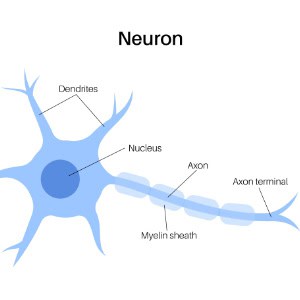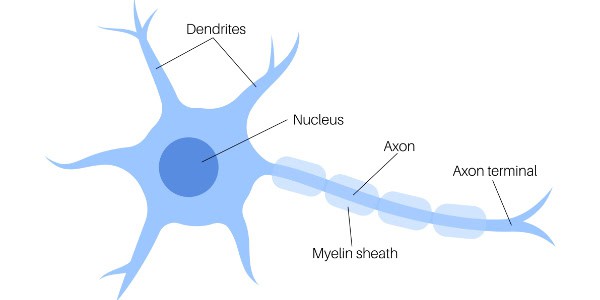You’ll Get Used To It (WT762)
BlogIt’s a sad fact that a lot of people do not like change, even though most of the time, change can be positive.
This week, I’m going to share my understanding of how the brain works and how we can hack the system to speed up learning and change habits.
First, a disclaimer. I am not a neuroscientist, so my understanding may not be 100% textbook correct.
This week I bought a new computer and 2 new monitors and what feels like a very large keyboard.
For the past 6 years I’ve been working with a HP laptop.
I bought the new computer and monitors to make it easier to present my webinars and group coaching.
Anyway, I struggled to find the keys on the keyboard. It’s not what I’m used to. I’m a touch typist, having learnt to type on typewriters when I was 14, so I know where the keys are, but the format is different.
I asked myself, “How can I speed up the process of learning and getting used to my new equipment?”
I remembered some training around this from Benjamin J. Harvey at Authentic Education.
According to Harvey, “Your habitual behaviours are nothing other than actualised neural networks. If you want to change your habits you must first seek to change the way your neurons are wired together. Think of it like a series of roads inside your mind. If you want to end up in a different location you must take different roads to get there.”
The weakest points in the roads are where one habit finishes and another starts. This is important to know because it’s at this junction that we can insert a new habit or behaviour.
When we practise or repeat actions over and over, cells called “Oligodendrocytes” start to wrap axons with myelin. The myelin sheath insulates the axon so the electrical impulses can travel faster with less effort (wiring the brain).
Here’s an example. Say you want to start adding “sit ups” to your morning routine. Your current routine includes:
- waking
- going to the bathroom
- cleaning your teeth, and
- making a coffee.
You’d like to do your sit ups after you clean your teeth, before you make your coffee.
The way to activate your oligodendrocytes to start adding myelin to the new neural pathway is to practise adding the sit up after you put your toothbrush away (the end of cleaning your teeth habit).
Now, here’s the interesting point. You DON’T have to wait for the next morning to get started.
The hack to the system is to practise over and over in one to three sessions to master the new habit or learning. This is known as “Deliberate Practice”.
In your practise session, you’re going to practise putting the toothbrush away, then practise doing ONE sit up, then practise walking to the kitchen and pretend to make your coffee.
Rinse and repeat. Do it again and again and again.
Continue practising these three things over and over and over for about 20-30 minutes or more. This rapidly increases the myelination of the axon, which effectively rewires your brain, so when morning comes, guess what you want to do after you’ve put your toothbrush away.
This is an amazing hack for creating new habits.
I’ve been sitting at my new computer and practising using the keyboard. I’ve been getting used to it.
Harvey says, “Practise makes myelin, and myelin makes perfect”.
Your mission this week is to set aside some time to practise your new habit.
Let me know how you go.
P.S. Invite your friends to get the Weekly Thought delivered directly to their inbox.











